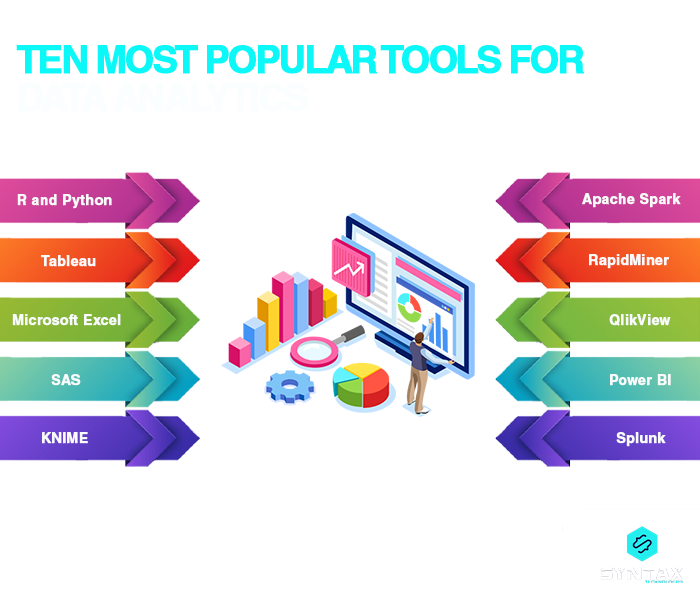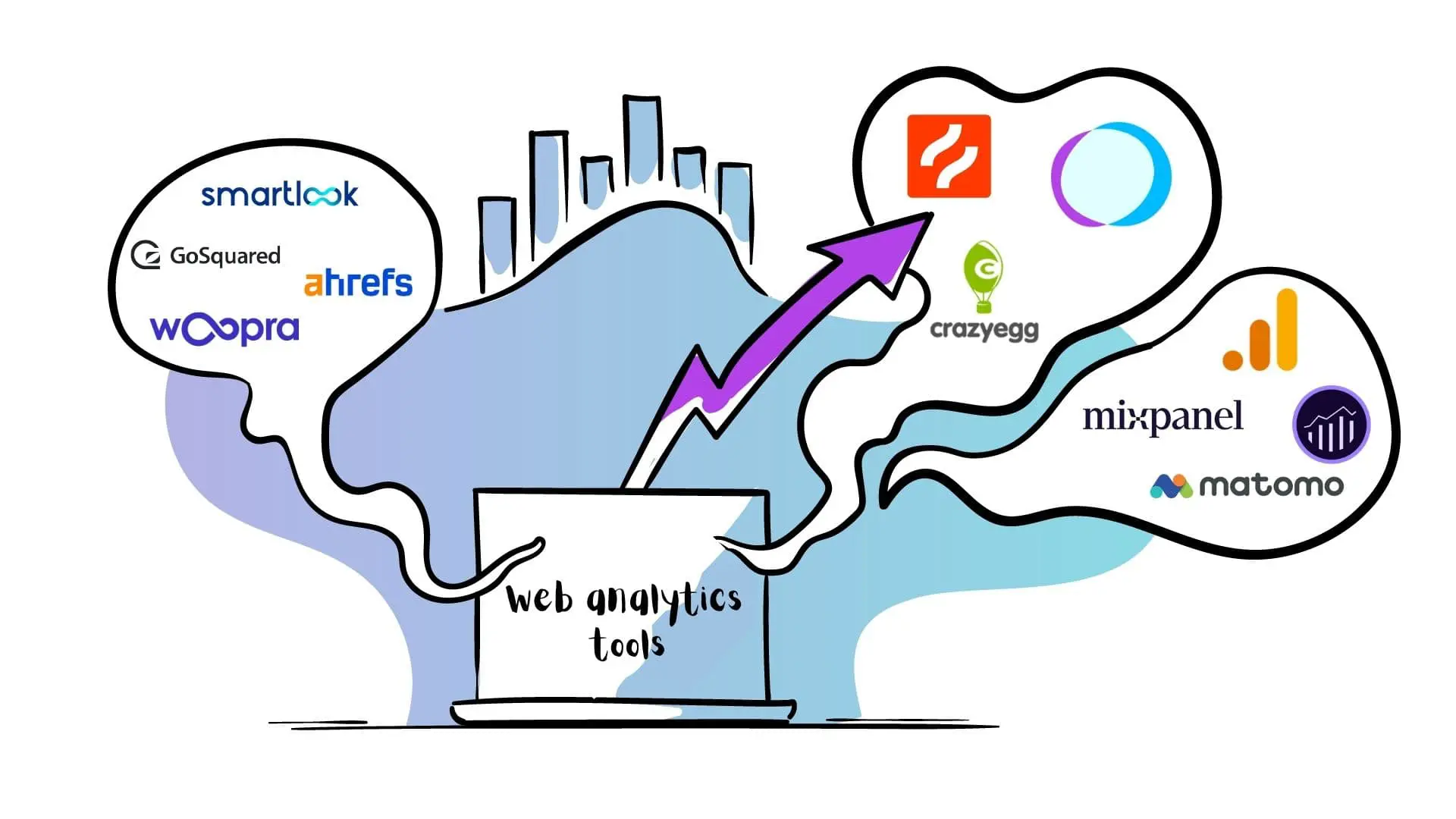Why Companies Love Data-Driven Analytics Approaches
Why Companies Love Data-Driven Analytics Approaches
Blog Article
Check Out Cutting-Edge Analytics for More Intelligent Decision-Making
In a period where data is bountiful, the ability to harness innovative analytics is extremely important for organizations looking for to improve decision-making processes. Advanced techniques like artificial intelligence and anticipating analytics not only expose covert patterns within datasets yet additionally supply insight that can substantially affect tactical options. As organizations aim to foster a data-driven culture, the execution of real-time data visualization tools becomes an essential element in changing complicated information right into comprehensible insights. The implications of these developments increase vital inquiries about their useful applications and the prospective challenges that might emerge.
The Relevance of Data-Driven Decisions
In today's hectic organization environment, 90% of executives believe that data-driven decision-making is vital for keeping a competitive side. As companies increasingly face complex obstacles and rapid adjustments, the capability to utilize data properly has ended up being vital. Data-driven decisions allow companies to relocate past instinct and presumptions, relying instead on empirical proof to notify approaches and activities.
The significance of data-driven choices encompasses numerous elements of business, consisting of operational performance, client satisfaction, and market positioning. Organizations that use data analytics can recognize fads, optimize source allowance, and boost consumer involvement by customizing services and products to fulfill certain demands. Moreover, data-driven methods assist in threat monitoring by enabling business to anticipate prospective obstacles and respond proactively.
Integrating information into decision-making processes cultivates a society of liability and openness, as stakeholders are much more likely to count on decisions backed by strong evidence. Consequently, organizations that prioritize data-driven decision-making are much better equipped to adjust to market fluctuations and exploit on emerging opportunities, ultimately driving sustainable development and success in an increasingly affordable landscape. Analytics. Highlighting the importance of information in calculated preparation will undoubtedly generate long-lasting benefits for any organization
Key Techniques in Advanced Analytics

Another important strategy is machine learning, which makes it possible for systems to learn from data and enhance their efficiency in time. This repetitive process help in identifying abnormalities and forecasting future trends based upon historic information. Additionally, natural language processing (NLP) permits for the evaluation of disorganized information, such as social media sites communications and consumer feedback, supplying deeper insights into customer belief and preferences.
Visualization methods likewise play a crucial duty in innovative analytics. By changing complex information right into user-friendly aesthetic layouts, organizations can help with much better understanding and quicker decision-making amongst stakeholders. Optimization methods assist organizations make the most efficient usage of their resources by discovering the ideal possible remedies under offered restraints.
With each other, these essential methods create a robust structure for advanced analytics, making it possible for organizations to navigate the complexities of modern-day information landscapes effectively.
Predictive Analytics and Its Influence
Predictive analytics acts as a substantial expansion of the crucial strategies outlined in advanced analytics, leveraging historic data to anticipate future end results. By utilizing analytical formulas and artificial intelligence methodologies, companies can identify patterns and fads within their information collections, allowing them to make informed choices that improve operational effectiveness and drive critical initiatives.
The effect of predictive analytics is profound throughout different sectors, including finance, marketing, and health care. In the monetary domain, institutions use anticipating versions to evaluate credit rating risk, maximize financial investment portfolios, and detect deceitful tasks. In health care, anticipating analytics help in patient result projecting, source allowance, and tailored treatment strategies, ultimately boosting person care.
Additionally, businesses make use of anticipating insights to fine-tune advertising techniques, targeting customers a lot more effectively and enhancing conversion prices. By preparing for customer actions, organizations can tailor their offerings, therefore promoting loyalty and improving consumer experience.
As organizations remain to harness the power of anticipating analytics, they obtain an one-upmanship by not just responding to market changes yet also proactively forming their methods based on expected fads. This forward-looking method ultimately changes information into a calculated property, driving lasting development and development.
Real-Time Information Visualization Tools
Various companies are progressively turning to real-time information visualization tools to boost their decision-making processes. These tools allow stakeholders to translate complicated datasets promptly and successfully, facilitating timely actions to arising challenges and fads. By offering information in user-friendly formats such as dashboards, graphs, and interactive graphes, organizations can transform raw data into actionable insights.
Real-time information visualization tools enable for the constant monitoring of key performance signs (KPIs), ensuring that decision-makers are always notified regarding the present state of operations. This immediacy helps organizations recognize abnormalities, anticipate potential problems, and confiscate chances as they emerge. In addition, the use of these devices fosters cooperation across departments, as shared visualizations advertise an unified Click This Link understanding of data amongst employee.
As companies increasingly count on data-driven strategies, the fostering of real-time visualization devices comes to be essential. With improvements in innovation, these devices have actually become much more available and straightforward, enabling non-technical users to take advantage of information successfully. Real-time data visualization not just enhances operational effectiveness however additionally encourages organizations to make informed choices that drive development and advancement.
Executing Analytics for Development

Organizations must spend in the right devices and innovations that facilitate information collection, storage space, and analysis. This consists of cloud-based platforms that use scalability and adaptability, allowing teams to access real-time data easily (Analytics). Fostering a data-driven culture is vital; employees at all degrees must be trained to interpret and make use of analytics successfully.

Conclusion
By leveraging techniques such as maker understanding and information mining, services discover this can uncover crucial insights and projection emerging patterns. Real-time data visualization enhances the interpretability of complicated datasets, advertising cross-departmental collaboration.
In a period where data is abundant, the capability to harness sophisticated analytics is paramount for organizations looking for to improve decision-making processes. Organizations that make use of data analytics can recognize fads, maximize resource allowance, and improve client interaction by tailoring products and services to fulfill specific requirements.Advanced analytics includes a variety of vital strategies that encourage companies to extract significant insights from complicated data collections. Among these strategies, data mining stands out as an effective device for discovering patterns and connections within huge volumes of information. By offering information in instinctive formats such as control panels, graphs, and interactive graphes, organizations can transform raw data into workable insights.
Report this page